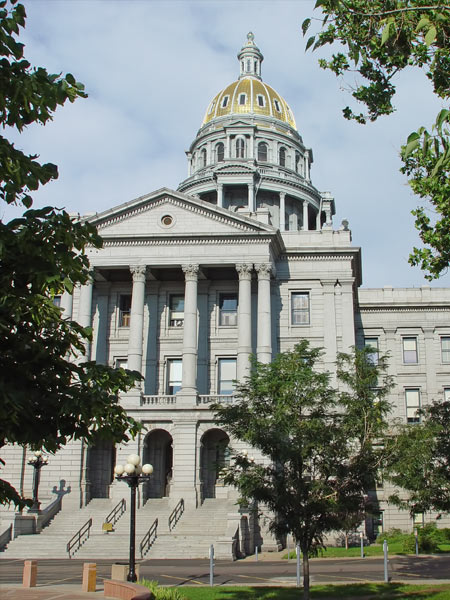
Step out of your house and you might notice your street is fixed on a cardinal grid: north, south, east, west. This pattern defines many American and European cities, as well as Neolithic sites such as Anyang in China and the Mexican city of Teotihuacan.
This all has an uncanny resemblance to Neolithic sites in different parts of the world. The Big Horn Medicine Wheel in Wyoming, dating back several hundred years, is a complex celestial calendar, its 28 spokes of aligned stones pointing to risings and settings of the sun and various stars. This medicine wheel, in turn, is similar to the Nonakado Stone Circle of Japan, from the 1st millennium BC, where standing stones mark important, calendrical events on the horizon.
My friend and colleague, Kim Malville, recently discovered an Egyptian Stonehenge in the Sahara dating back more than 6,000 years. Malville believes that it acted as both a calendar and a temple for people living along the edge of an ancient lake, and it is the oldest known megalithic site in the world.
My personal favorite Stonehenge look-alike — at least in concept — is in northern New Mexico, where in the 11th century, the Chaco culture built hundreds of miles of processional "roads." Rather than rings of giant standing stones, the Chacoans erected enormous masonry temples known as great houses. Many of these great houses are aligned to view celestial events through portals and windows.
Looking at the way ancient people assembled themselves, archeologists see cults and primitive, celestial religions. But how primitive were these people's beliefs, and how different from them are we?
I once ambled around the Colorado Capitol in Denver with a compass and notebook in hand. I had come to a modern landmark to apply the same questions we had been asking at ancient sites. I found that every aspect of the building's neoclassical architecture has alignments you see at many Neolithic ceremonial centers. Every bench is symmetrically arranged around the cruciform building, which is, in turn, set to cardinal directions. It lies within an array of other government buildings and open processionals, each holding to the same cardinal patterns.

At the Chaco site, certain ruins were found swept clean, while nearby buildings were loaded with trash. The same thing was just unearthed near Stonehenge: some buildings littered with broken pottery and discarded bones — what archeologists believe to be the leavings of feasts and pilgrimage — and others remarkably clean.
Julian Thomas of the University of Manchester commented that these clean rooms near Stonehenge may have belonged to special people, chiefs or priests. He also suggested that they were possibly shrines and cult centers.
That day in Denver, tens of thousands of people were gathered in an open area at the foot of the Capitol for some kind of weekend fair. The atmosphere boomed with music and smelled of food cooking in numerous tents. What was I seeing? Pilgrims, feasts and cult centers? Were the meticulously kept buildings erected for priests and chiefs?
The same kind of architecture can be seen in Washington, where countless astronomical alignments are constructed into the Capitol and its surrounding buildings and monuments. Most recently, Gerald Ford joined a long line of presidents whose bodies have lain in state inside the majestic, symmetrical Rotunda. Will future archeologists imagine the worship of ancient leaders whose bodies were kept within circular chambers before burial?

So often we see ourselves as a lonely, cultural pinnacle, superior beyond all comparison. But if recent excavations at Stonehenge offer anything, they put our era in perspective, reminding us of an unbroken lineage shared across continents and cultures. We are simply an extension of an ancient age, living now in the next lost civilization.

